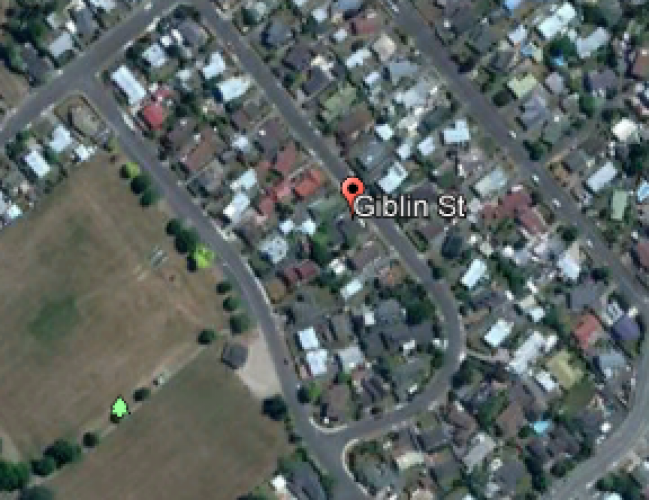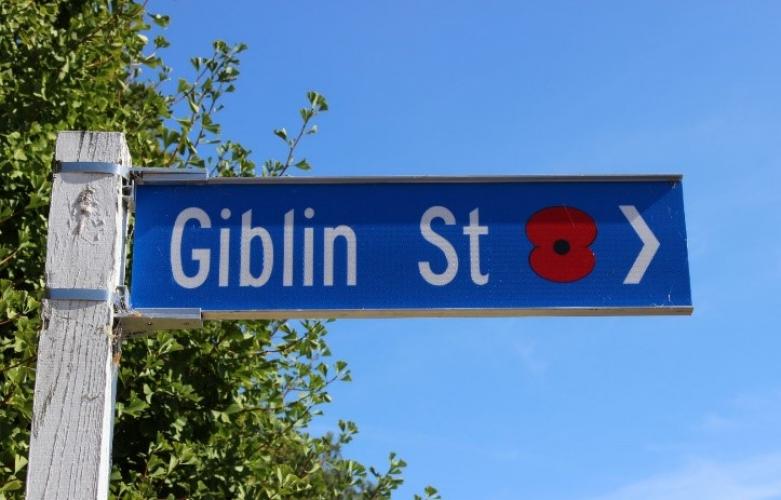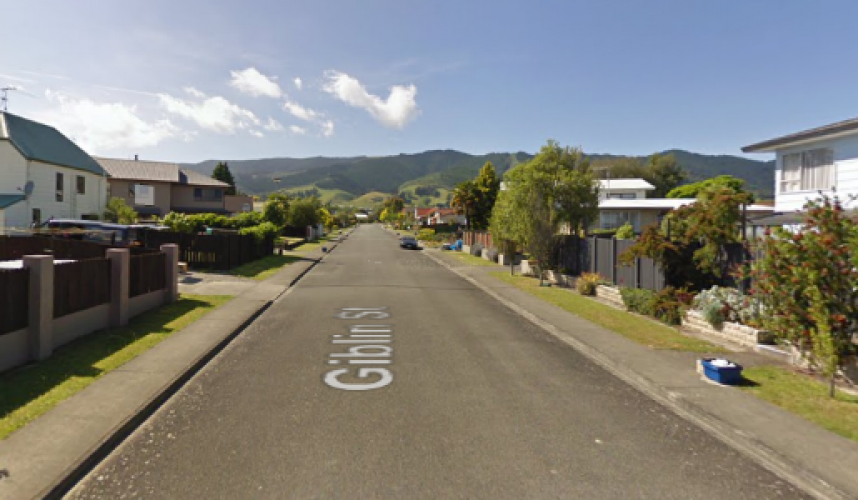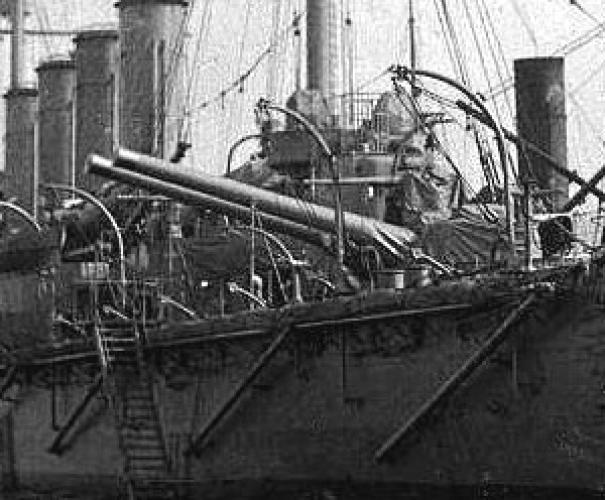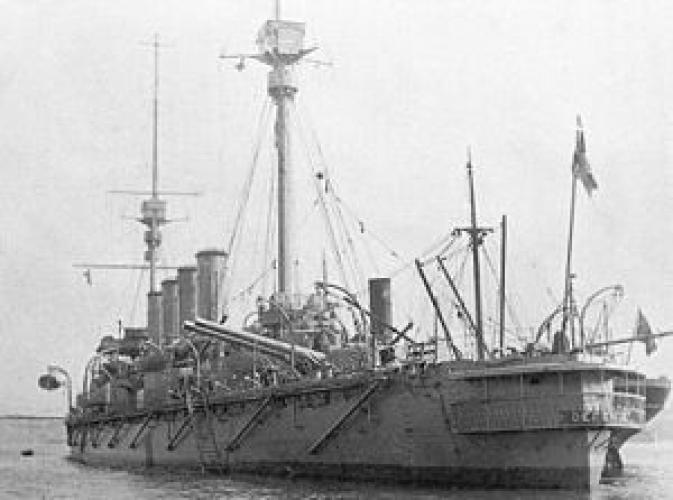241 Giblin Street Richmond
Reason for the name
This street in Richmond is named in honour of George Giblin a sailor of the Royal Navy Stoker who gave his life in World War 1 at the Battle of Jutland.
Fallen servicemen have been remembered across Tasman district in various ways including the naming of streets and buildings, the planting of trees and the installation of monuments. In conjunction with the 100-year anniversary of the signing of the armistice that ended the fighting between Germany and the Allies during World War I, Tasman District Council installed new street signs acknowledging the service of fallen soldiers from Richmond. The move comes after the Richmond Waimea RSA asked the council to take part in the Poppy Places project by adding poppies to street signs named after fallen soldiers.
Richmond Waimea RSA president Ross Norgate and Tasman District Council’s Megan Bell managed the project. Tasman mayor Richard Kempthorne said the council was proud to be part of the project.
Author: The Poppy Places Trust
George was born on 9 January 1894 at Oldham, Lancashire England. He was killed in action at the battle of Jutland aged 22.
George enlisted in the Royal Navy aboard HMS Defence as a 1st Class Stoker.
The role of stoker, a trade which underwent a great deal of change when the switch from coal to oil fired boilers took place in the Royal Navy’s surface fleet. Prior to oil fired boilers, stokers were primarily responsible for transporting and shovelling coal to the furnaces. Coal fired boilers required a constant feed to keep temperatures high enough for the production of steam, and of course you can’t pump coal in the same way as oil! Thus the advantages of oil, and now diesel, gas or nuclear engines in modern surface fleets, are pretty obvious. With the decline of coal fired ships, stokers’ duties shifted towards the field of engineering, so that they could be responsible for anything from the propulsion systems to hydraulics, electrical and firefighting systems. The word ‘stoker’ is now only a colloquial term for a marine engineering technician, but records of stokers may list any of the following: Chief Stoker, Stoker Petty Officer, Leading Stoker, Stoker-1st Class, Stoker-2nd Class, and Stoker-Fire Fighter.
Large coal-fuelled vessels also had individuals working as coal trimmers, who delivered coal from the coal bunkers to the stokers. They were responsible for all coal handling with the exception of the actual fuelling of the boilers.
HMS Defence was a Minotaur-class armoured cruiser built for the Royal Navy in the first decade of the 20th century, the last armoured cruiser built for the Royal Navy. She was stationed in the Mediterranean when the First World War began and participated in the pursuit of the German battlecruiser SMS Goeben and light cruiser SMS Breslau. The ship was transferred to the Grand Fleet in January 1915 and remained there for the rest of her career.
During the Battle of Jutland on 31 May 1916, she was the flagship of Rear-Admiral Sir Robert Arbuthnot, leading the First Cruiser Squadron. The squadron formed the starboard flank of the cruiser screen, ahead of the main body of the Grand Fleet. Defence was just to the right of the centre of the line. At 5:47 p.m. Defence, and HMS Warrior, the leading two ships of the squadron, spotted the German II Scouting Group and opened fire. Their shells fell short and the two ships turned to port in pursuit, cutting in front of the battlecruiser HMS Lion, which was forced to turn away to avoid a collision. Shortly afterwards, they spotted the disabled German light cruiser SMS Wiesbaden and closed to engage. When the two ships reached a range of 5,500 yards (5,000 m) from Wiesbaden they were spotted in turn at 6:05 by the German battlecruiser SMS Derfflinger and four battleships who were less than 8,000 yards (7,300 m) away. The fire from the German ships was heavy and Defence was hit by two salvoes from the German ships that caused the aft 9.2-inch magazine to explode. The resulting fire spread via the ammunition passages to the adjacent 7.5-inch magazines which detonated in turn. The ship exploded at 6:20 with the loss of all men on board; between 893 and 903 men were killed.


